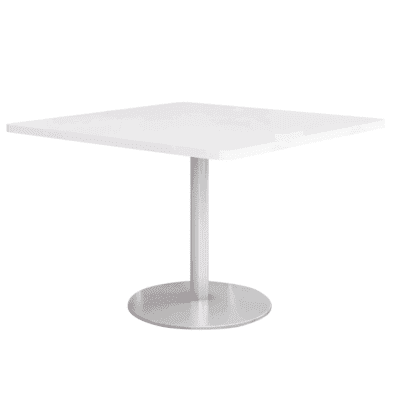Office Furniture for Meeting Rooms
How to Design and Furnish Conference Rooms, Huddle Rooms, Phone Booths, and Other Meeting Rooms
Collaboration is part of business, whether the meetings occur with colleagues, clients, or potential business partners. Ideally, your office space has designated spaces in which to hold important meetings of various types and sizes. Meeting rooms provide an appropriate setting for any type of meeting. The availability of meeting rooms helps your business operate effectively and efficiently in your office space.
What goes into designing and furnishing a meeting room? What types of meetings does your office host and what types of meeting rooms should be available to accommodate your needs? With the right office design strategy, you will have the ideal number of meeting rooms in the right sizes and quantities and with the appropriate furniture to accommodate meetings, conferences, huddles, phone calls, and more, all while making optimal use of your office square footage. Keep reading to learn more about office furniture and design for meeting rooms.

What Is a Meeting Room and Why Do You Need one?
A meeting room is a space where people can gather for meetings and collaboration. It usually has some combination of tables and chairs, communications technology, and a screen or whiteboard. Considering how globalized business has become, a phone booth may also be a small meeting room, as employees will often need to meet with people remotely.

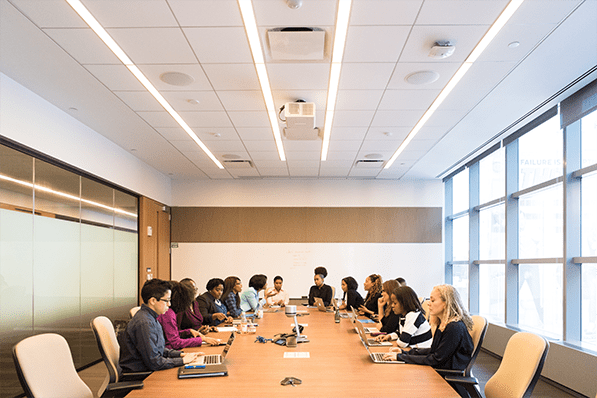
As meeting rooms are often essential for doing business, it is fortunate that they have evolved from the traditional boardroom-style conference room to include more innovative spaces. While a meeting room can technically be any space where people gather for discussion, most businesses designate specific rooms for this purpose. Offices usually include space for employees to collaborate on projects, make presentations, or conduct phone calls or training sessions. Meeting spaces are also places to entertain clients and hold interviews.
Meeting rooms come in all shapes and sizes, from phone booths for one person to small huddle rooms that hold a few people to large conference rooms that can accommodate dozens of employees.
Learn More about Meeting Room Types
Jump To: See All, Conference Room, Huddle Room, Phone Booth, Meeting Pod, Focus Room, Training Room
Office Design and Furniture Considerations
In designing an office, there are two key meeting room considerations:
- Meeting room design and furnishing—how to design and choose furniture for each meeting room
- Office design and layout—how to incorporate meeting rooms into the office layout
Here, the focus is on meeting room design and furnishing primarily, as overall office design and layout is a much broader topic.
There are many office design factors related to planning for meeting rooms that businesses must consider. They include the frequency and nature of meeting room usage, type of meeting room needed, how to utilize the office’s available square footage efficiently, space acoustics (to minimize distraction), and meetings room locations throughout the office layout (to ensure convenience, accessibility, and flow as people navigate through the workplace).
Meeting Room Design and Furniture: Key Considerations
In planning and designing meeting room spaces, businesses should consider the following factors: purpose, headcount, room dimensions, and necessities.

Purpose
Each meeting room should have a clear purpose or set of purposes that help meet the goals of the office. What purpose should each meeting room serve and what impact does the room’s purpose(s) have on design and furniture choice?

Headcount
The number of people who will be using the meeting room regularly should determine the size of the room and the furnishing choices, including tables, chairs, and other necessary furniture items.

Room Dimensions and Layout
With headcount in mind, consider what dimensions make the most sense for the room based on planned use and appropriate furniture. For example, should the room be square or more rectangular to facilitate its use and to accommodate the desired number of people in the room?

Necessities
The meeting room should be designed and furnished for usability and function. If conference calls are important, make sure that the screen is in a location where everyone can see it. If the room is used for lengthy meetings, ensure that the chairs are comfortable and ergonomic. The table should be just big enough for the space and people, but not so big that it takes up too much space.
Offices with Too Few Meeting Rooms
If a business has too few meeting rooms, employees may feel stressed about scheduling meetings around busy coworker calendars and may worry about booking an available room. This stress can be very disruptive and lead to significant wasted time. Unfortunately, it is not uncommon for businesses to have one or two large meeting rooms but no huddle rooms or focus rooms, particularly if the office design is outdated.
The issue of too few meeting rooms has become an increasing concern in recent years with an expanding global workforce that requires more phone collaboration and conference calls. These communication trends increase the need for meeting rooms of the right size. However, the growing popularity of remote work has complicated this issue. If fewer employees are coming into the office regularly, it is more challenging to predict the number of rooms needed.

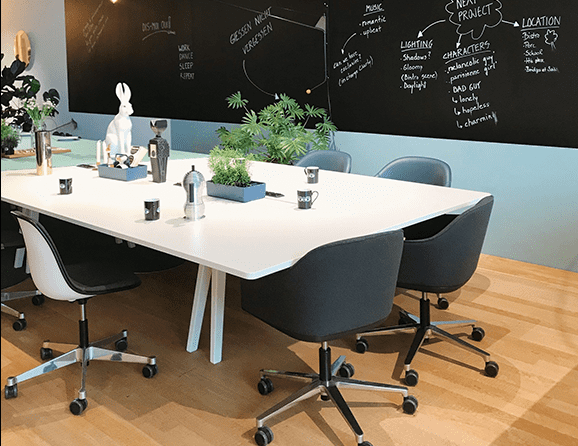
Office with Too Many or the Wrong Types of Meeting Rooms
If a business has too many meeting rooms, meeting rooms may be unused and take up space that could be used for other purposes. Businesses should aim to have only the number of meeting rooms needed based on full-capacity office usage. Meeting rooms that are needed for specific business purposes must be considered as well. Individuals should not be booking a meeting room with a six-person capacity just to make a phone call when a phone booth would suffice. In office design, carefully analyze the workforce and how teams tend to work and collaborate.
Loud Sounds or Distractions
Businesses must consider the acoustics of meeting rooms and ensure that there will be no disruptions for employees. Research suggests that 95% of office employees deal with audio issues in the workplace, costing them at least half an hour of work each day.
One of the most significant problems with meeting rooms is that they are often located near high-traffic areas, such as the reception area, kitchen, or copy room. This placement can result in many distractions and make it difficult for employees to concentrate.
To help alleviate these issues, a meeting can be outfitted with sound-controlling elements. Noise-canceling materials such as acoustical tiles, sound-absorbing curtains, drywall, and white noise are options to consider.

Shop Office Furniture for Meeting Rooms
Conference Room Tables
- Sale!
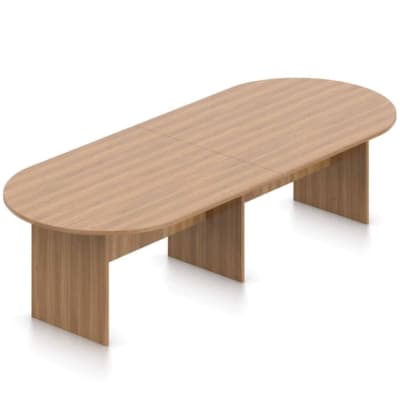
Global OTG Racetrack Table 120L
Original price was: $ 985.00.$ 475.00Current price is: $ 475.00. - Sale!

Global OTG Racetrack Table 95L
Original price was: $ 728.00.$ 369.00Current price is: $ 369.00. - Sale!

Global OTG Racetrack Table 71L
Original price was: $ 533.00.$ 259.00Current price is: $ 259.00. - Sale!
 Original price was: $ 375.00.$ 185.00Current price is: $ 185.00.
Original price was: $ 375.00.$ 185.00Current price is: $ 185.00. - Sale!
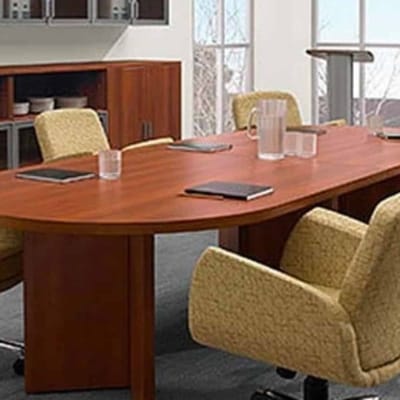
Racetrack Conference Room Table 120 Long
Original price was: $ 2,420.00.$ 1,309.00Current price is: $ 1,309.00. - Sale!
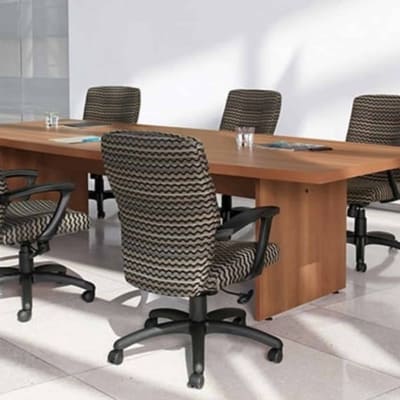
Rectangular Boardroom Conference Room Table 96 Long
Original price was: $ 1,549.00.$ 839.00Current price is: $ 839.00. - Sale!
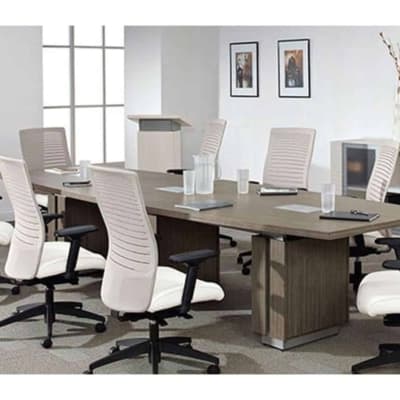
Boatshaped Conference Room Table 120 Long
Original price was: $ 5,635.00.$ 3,045.00Current price is: $ 3,045.00. - Sale!

Boatshaped Conference Room Table 48 Wide
Original price was: $ 2,625.00.$ 1,419.00Current price is: $ 1,419.00. - Sale!
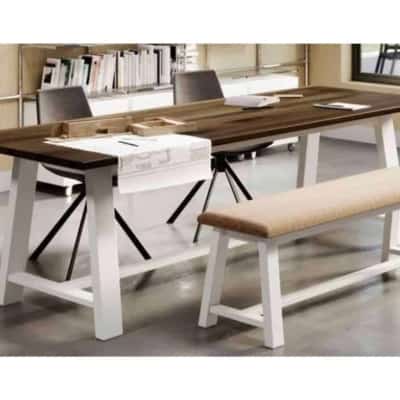
Cafe Height Conference Room Table 96 Long
Original price was: $ 2,964.00.$ 1,505.00Current price is: $ 1,505.00. - Sale!
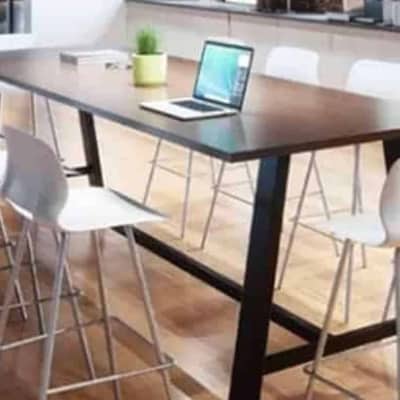
Bar Height Conference Room Table 72 Long
Original price was: $ 2,632.00.$ 1,335.00Current price is: $ 1,335.00. - Sale!
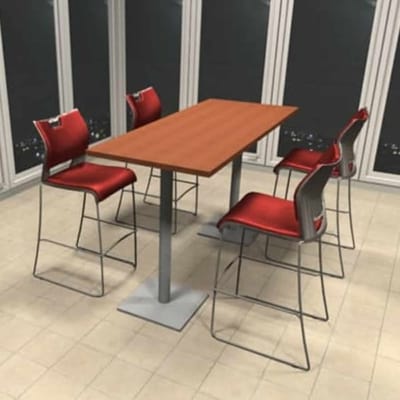 Original price was: $ 2,197.00.$ 1,252.00Current price is: $ 1,252.00.
Original price was: $ 2,197.00.$ 1,252.00Current price is: $ 1,252.00. - Sale!
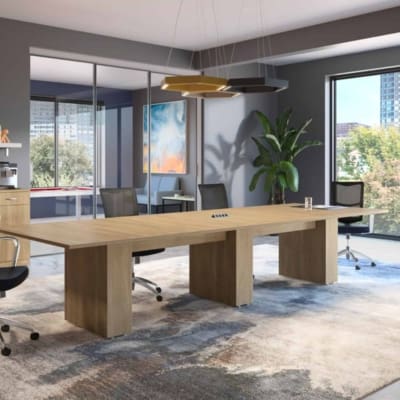
Logiflex Millenium Conference Room Table
Original price was: $ 1,911.00.$ 979.00Current price is: $ 979.00. - Sale!
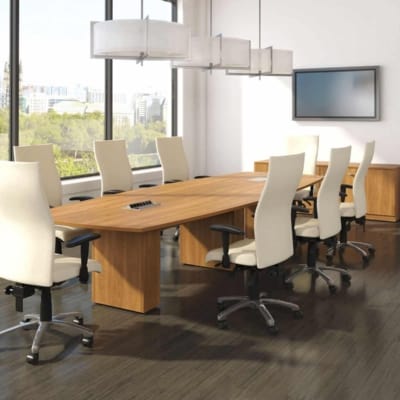
Logiflex Millenium Racetrack Conference Room Table
Original price was: $ 2,197.00.$ 1,125.00Current price is: $ 1,125.00. - Sale!
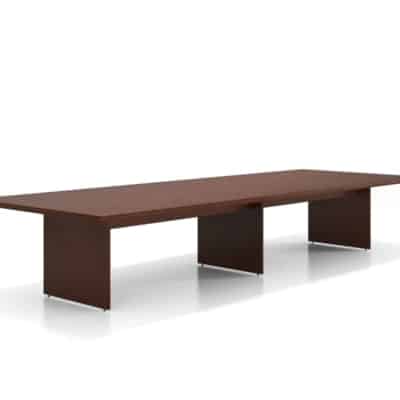
Logiflex Millenium Rectangular Conference Room Table
Original price was: $ 1,621.00.$ 829.00Current price is: $ 829.00. - Sale!
 Original price was: $ 1,389.00.$ 779.00Current price is: $ 779.00.
Original price was: $ 1,389.00.$ 779.00Current price is: $ 779.00. - Sale!
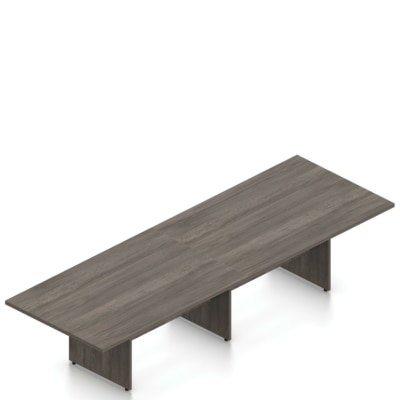
Global OTG Rectangular Table 144L
Original price was: $ 1,679.00.$ 809.00Current price is: $ 809.00. - Sale!
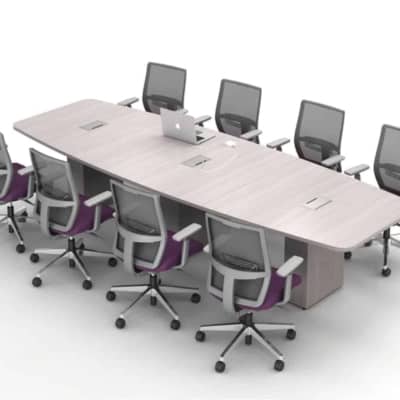
Boatshaped Conference Room Table 144 Long
Original price was: $ 5,419.00.$ 2,565.00Current price is: $ 2,565.00. - Sale!
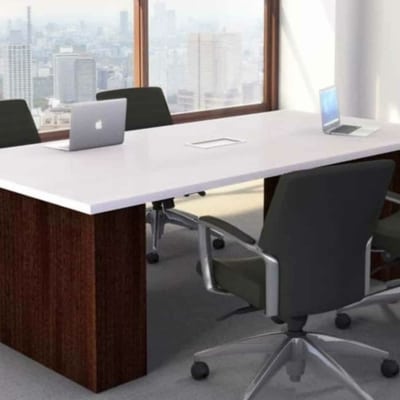
Rectangular Conference Room Table 96 Long
Original price was: $ 2,387.00.$ 1,249.00Current price is: $ 1,249.00. - Sale!
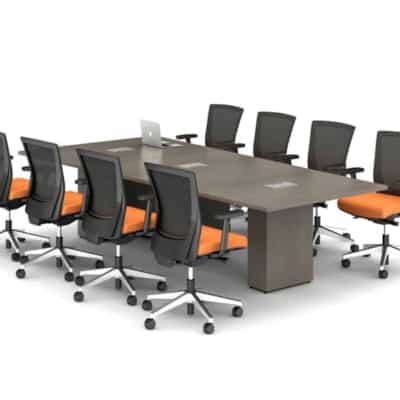
Tapered Conference Room Table 120 Long
Original price was: $ 10,913.00.$ 3,499.00Current price is: $ 3,499.00. - Sale!
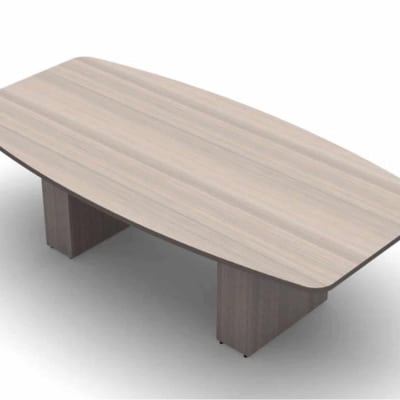
Boatshaped Conference Room Table
Original price was: $ 1,864.00.$ 1,085.00Current price is: $ 1,085.00. - Sale!
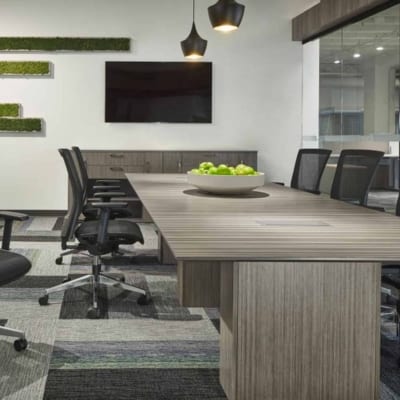
Rectangular Conference Room Table 144 Long
Original price was: $ 4,552.00.$ 2,189.00Current price is: $ 2,189.00. - Sale!

Boatshaped Conference Room Table 96 Long
Original price was: $ 1,864.00.$ 1,085.00Current price is: $ 1,085.00. - Sale!
 Original price was: $ 3,758.00.$ 1,329.00Current price is: $ 1,329.00.
Original price was: $ 3,758.00.$ 1,329.00Current price is: $ 1,329.00. - Sale!
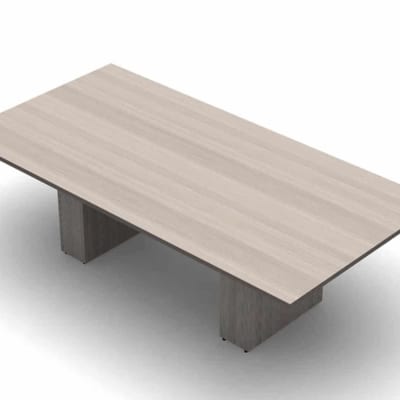
Rectangular Conference Room Table
Original price was: $ 1,895.00.$ 1,039.00Current price is: $ 1,039.00.
Training Room Tables
- Sale!

Height Adjustable Training Room Tables
Original price was: $ 1,268.00.$ 509.00Current price is: $ 509.00. - Sale!
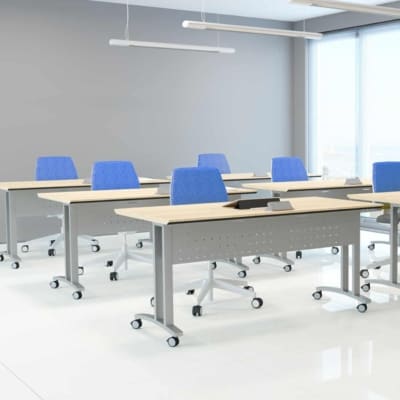 Original price was: $ 2,121.00.$ 1,332.00Current price is: $ 1,332.00.
Original price was: $ 2,121.00.$ 1,332.00Current price is: $ 1,332.00. - Sale!
 Original price was: $ 2,197.00.$ 1,252.00Current price is: $ 1,252.00.
Original price was: $ 2,197.00.$ 1,252.00Current price is: $ 1,252.00. - Sale!
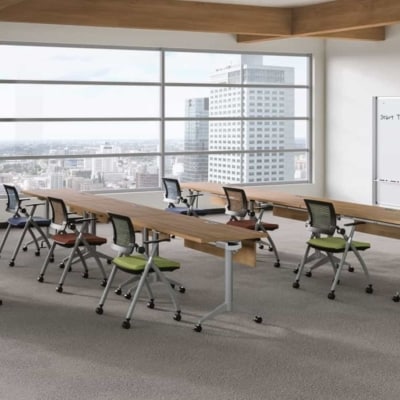
Day to Day Training Room Table
Original price was: $ 2,642.00.$ 1,149.00Current price is: $ 1,149.00. - Sale!
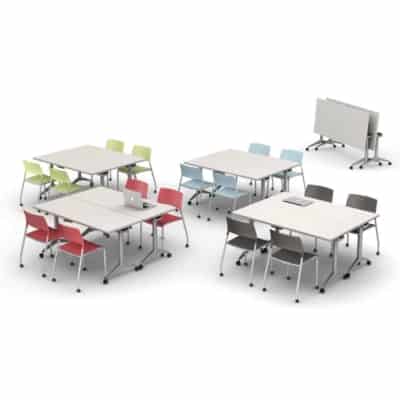 Original price was: $ 1,665.00.$ 725.00Current price is: $ 725.00.
Original price was: $ 1,665.00.$ 725.00Current price is: $ 725.00. - Sale!
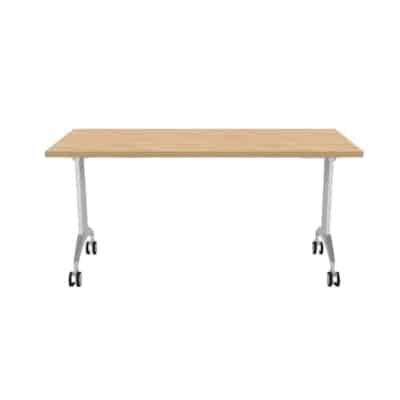
Special T Link Flip and Nest Table
Original price was: $ 1,652.00.$ 995.00Current price is: $ 995.00. - Sale!

Special T Link Flip and Nest Table 30
Original price was: $ 1,788.00.$ 1,055.00Current price is: $ 1,055.00. - Sale!
 Original price was: $ 1,118.00.$ 745.00Current price is: $ 745.00.
Original price was: $ 1,118.00.$ 745.00Current price is: $ 745.00. - Sale!
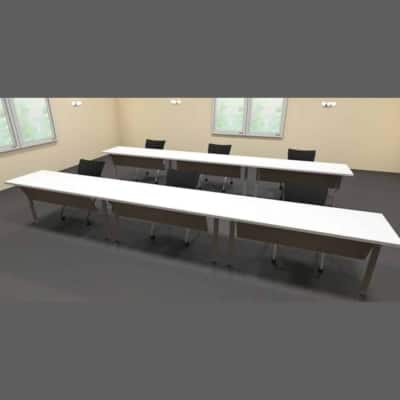 Original price was: $ 1,563.00.$ 845.00Current price is: $ 845.00.
Original price was: $ 1,563.00.$ 845.00Current price is: $ 845.00. - Sale!
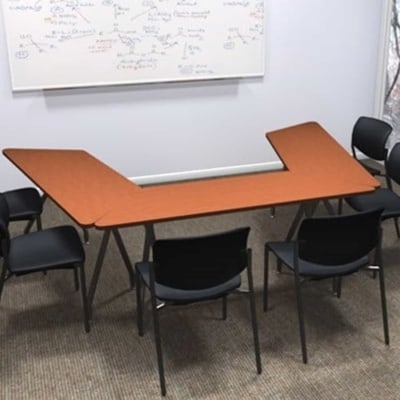 Original price was: $ 1,264.00.$ 685.00Current price is: $ 685.00.
Original price was: $ 1,264.00.$ 685.00Current price is: $ 685.00. - Sale!
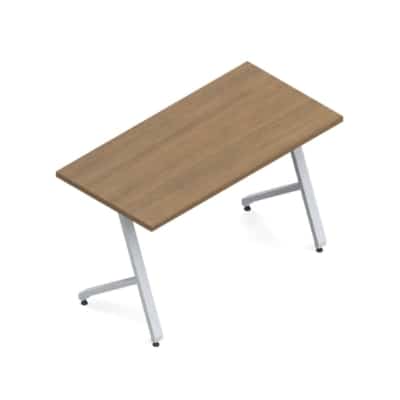
Global Junction Training Room Table
Original price was: $ 1,267.00.$ 685.00Current price is: $ 685.00. - Sale!
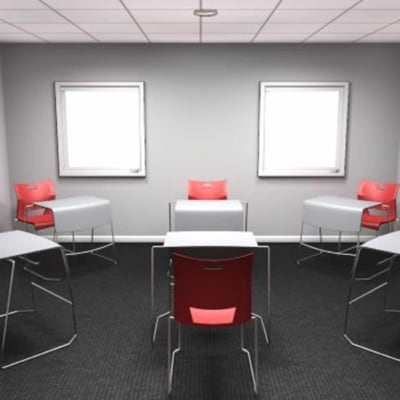 Original price was: $ 583.00.$ 315.00Current price is: $ 315.00.
Original price was: $ 583.00.$ 315.00Current price is: $ 315.00. - Sale!
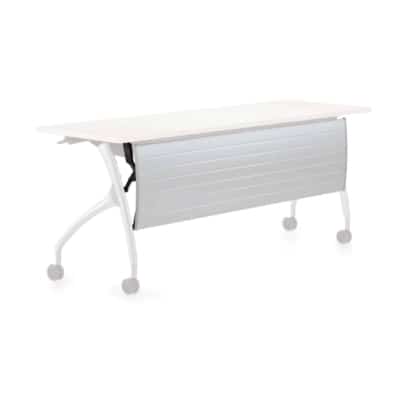 Original price was: $ 2,394.00.$ 1,295.00Current price is: $ 1,295.00.
Original price was: $ 2,394.00.$ 1,295.00Current price is: $ 1,295.00. - Sale!
 Original price was: $ 1,907.00.$ 1,029.00Current price is: $ 1,029.00.
Original price was: $ 1,907.00.$ 1,029.00Current price is: $ 1,029.00. - Sale!
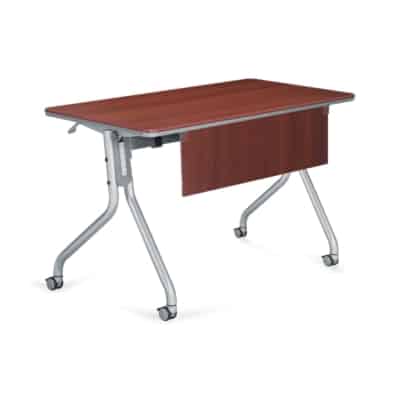 Original price was: $ 1,756.00.$ 949.00Current price is: $ 949.00.
Original price was: $ 1,756.00.$ 949.00Current price is: $ 949.00. - Sale!
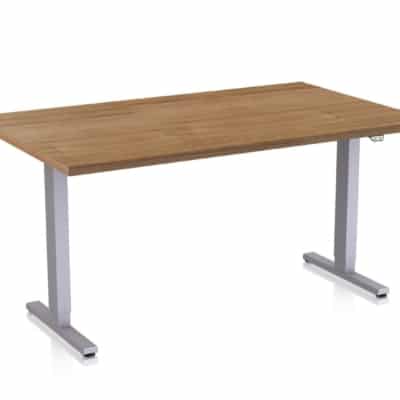
Liberty Height Adjustable Table #372
Original price was: $ 1,575.00.$ 889.00Current price is: $ 889.00.
Huddle Room Tables
- Sale!
 Original price was: $ 375.00.$ 185.00Current price is: $ 185.00.
Original price was: $ 375.00.$ 185.00Current price is: $ 185.00. - Sale!
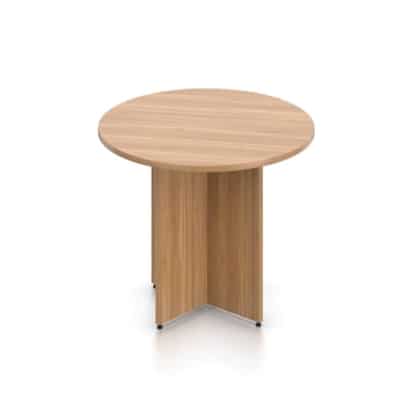 Original price was: $ 267.00.$ 129.00Current price is: $ 129.00.
Original price was: $ 267.00.$ 129.00Current price is: $ 129.00. - Sale!
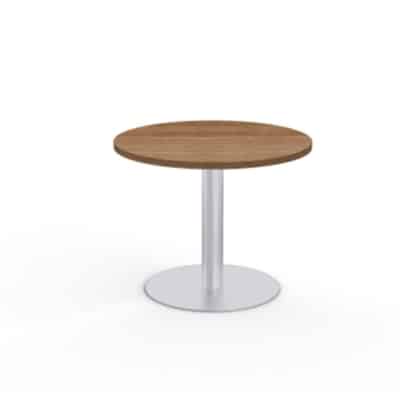 Original price was: $ 742.00.$ 395.00Current price is: $ 395.00.
Original price was: $ 742.00.$ 395.00Current price is: $ 395.00. - Sale!
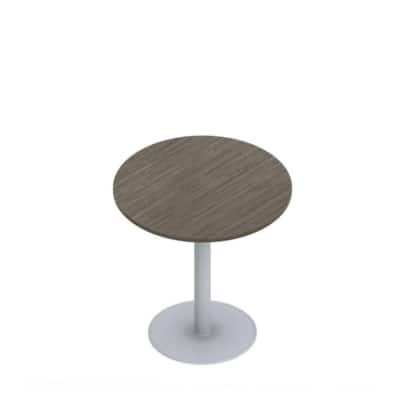 Original price was: $ 2,001.00.$ 1,085.00Current price is: $ 1,085.00.
Original price was: $ 2,001.00.$ 1,085.00Current price is: $ 1,085.00. - Sale!
 Original price was: $ 1,889.00.$ 1,020.00Current price is: $ 1,020.00.
Original price was: $ 1,889.00.$ 1,020.00Current price is: $ 1,020.00. - Sale!

Cafe Height Conference Room Table 96 Long
Original price was: $ 2,964.00.$ 1,505.00Current price is: $ 1,505.00. - Sale!

Bar Height Conference Room Table 72 Long
Original price was: $ 2,632.00.$ 1,335.00Current price is: $ 1,335.00. - Sale!
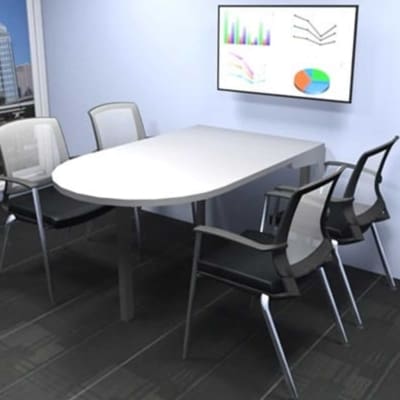 Original price was: $ 709.00.$ 499.00Current price is: $ 499.00.
Original price was: $ 709.00.$ 499.00Current price is: $ 499.00. - Sale!
 Original price was: $ 2,121.00.$ 1,332.00Current price is: $ 1,332.00.
Original price was: $ 2,121.00.$ 1,332.00Current price is: $ 1,332.00. - Sale!
 Original price was: $ 2,197.00.$ 1,252.00Current price is: $ 1,252.00.
Original price was: $ 2,197.00.$ 1,252.00Current price is: $ 1,252.00. - Sale!
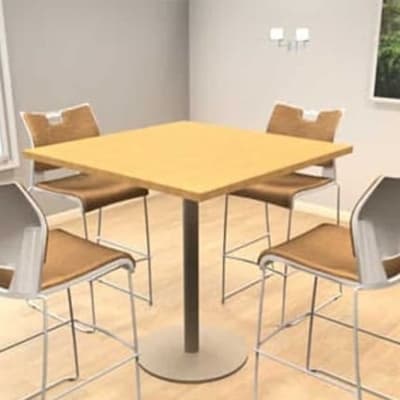 Original price was: $ 1,492.00.$ 795.00Current price is: $ 795.00.
Original price was: $ 1,492.00.$ 795.00Current price is: $ 795.00. - Sale!
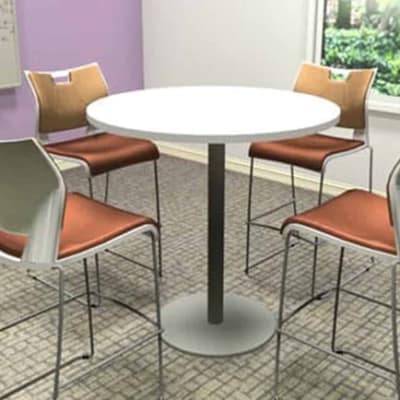 Original price was: $ 1,449.00.$ 775.00Current price is: $ 775.00.
Original price was: $ 1,449.00.$ 775.00Current price is: $ 775.00. - Sale!
 Original price was: $ 594.00.$ 259.00Current price is: $ 259.00.
Original price was: $ 594.00.$ 259.00Current price is: $ 259.00. - Sale!
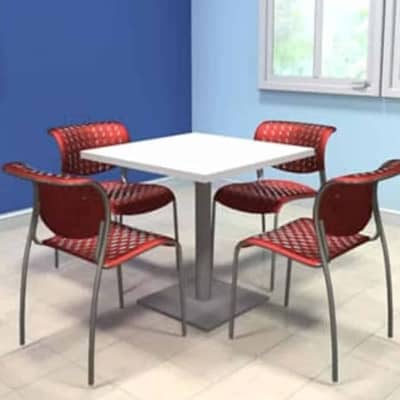 Original price was: $ 972.00.$ 545.00Current price is: $ 545.00.
Original price was: $ 972.00.$ 545.00Current price is: $ 545.00. - Sale!
 Original price was: $ 2,153.00.$ 709.00Current price is: $ 709.00.
Original price was: $ 2,153.00.$ 709.00Current price is: $ 709.00. - Sale!
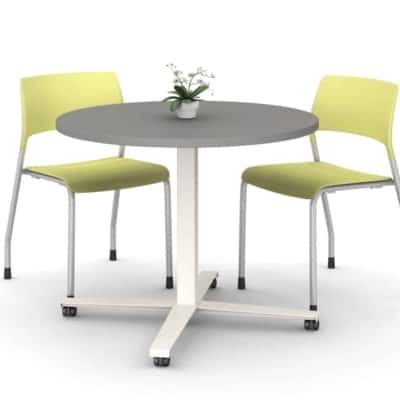 Original price was: $ 1,594.00.$ 495.00Current price is: $ 495.00.
Original price was: $ 1,594.00.$ 495.00Current price is: $ 495.00. - Sale!

Special T Link Flip and Nest Table
Original price was: $ 1,652.00.$ 995.00Current price is: $ 995.00. - Sale!

Special T Link Flip and Nest Table 30
Original price was: $ 1,788.00.$ 1,055.00Current price is: $ 1,055.00. - Sale!

Long Rectangular Huddle Room Table
Original price was: $ 911.00.$ 585.00Current price is: $ 585.00. - Sale!
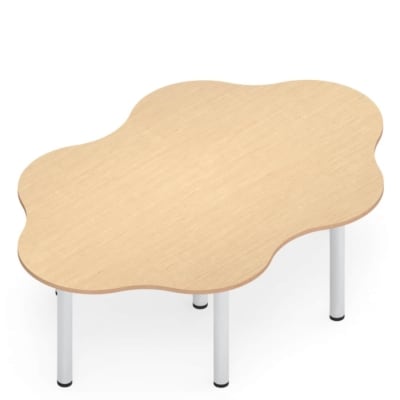 Original price was: $ 1,842.00.$ 995.00Current price is: $ 995.00.
Original price was: $ 1,842.00.$ 995.00Current price is: $ 995.00. - Sale!
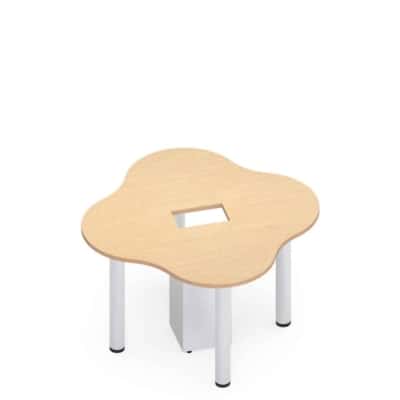
Global Zook 4-person Table with Power
Original price was: $ 2,234.00.$ 1,209.00Current price is: $ 1,209.00. - Sale!

Global Zook 6-person Table with Power
Original price was: $ 3,043.00.$ 1,645.00Current price is: $ 1,645.00. - Sale!
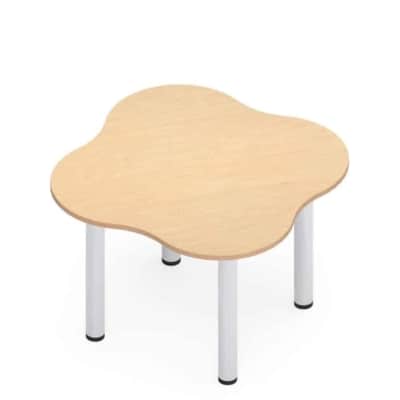 Original price was: $ 1,159.00.$ 625.00Current price is: $ 625.00.
Original price was: $ 1,159.00.$ 625.00Current price is: $ 625.00. - Sale!
 Original price was: $ 1,030.00.$ 559.00Current price is: $ 559.00.
Original price was: $ 1,030.00.$ 559.00Current price is: $ 559.00. - Sale!

Liberty Height Adjustable Table #372
Original price was: $ 1,575.00.$ 889.00Current price is: $ 889.00. - Sale!
 Original price was: $ 1,389.00.$ 779.00Current price is: $ 779.00.
Original price was: $ 1,389.00.$ 779.00Current price is: $ 779.00. - Sale!
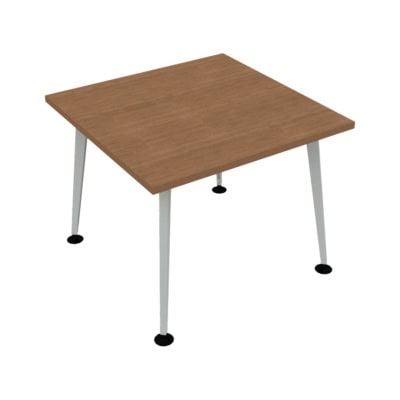
Square Table with Tapered Legs
Original price was: $ 1,022.00.$ 449.00Current price is: $ 449.00.
Meeting Room Design Services
While JCI supplies office furniture and manages the logistics of delivery and installation of that furniture in new office space or a renovated area, we collaborate with other specialists as needed. Every person on our team is focused on customer satisfaction.
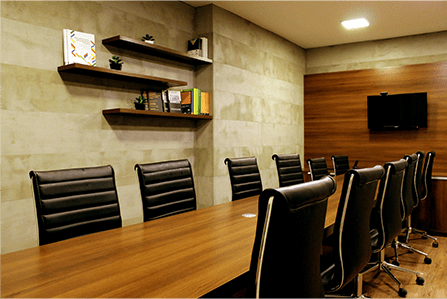
Meeting Room Uses
Historically, meeting rooms have been large conference rooms with one purpose: to hold meetings. However, meeting rooms today serve a variety of different purposes. Businesses are creating meeting rooms that are more versatile to accommodate a variety of needs and to utilize all available space efficiently.
For example, it is common to use meeting rooms as impromptu workspaces, as spaces where employees can get away from the hustle and bustle of an open office. They are also ideal as collaboration spaces (brainstorming sessions), where employees work together on projects. Of course, meeting rooms are still used to hold formal meetings and private conversations.
Meeting room spaces allow businesses to control the meeting environment, essential for specific technological needs and for maintaining focus and preventing distractions. For example, meeting rooms can be equipped with advanced conference-calling technology, including screens, enhanced speakers and microphones, and cameras that swivel from person to person. They can also be built with sound-proofing materials to reduce outside noise and with shades to protect sensitive content. Meeting rooms can no longer be furnished based on traditional purposes alone, as they now have specific and important uses.
Meeting Room vs. Conference Room
What are the different types of meeting rooms? Although the term “conference room” is often used synonymously with “meeting room,” there is a difference. A conference room is a meeting room, but a meeting room may not necessarily be a conference room!
The most common type of meeting room is the conference room. Conference rooms are typically larger-sized meeting rooms that can accommodate more people. They often have a more formal atmosphere and host important meetings, such as board meetings or shareholder meetings.
Other meeting rooms may be smaller and more intimate, accommodating as few as one or two people. Some meeting rooms may be less furnished than conference rooms, possibly lacking the tables and technology found in typical conference rooms. However, meeting rooms usually have some form of a communication device and a whiteboard to encourage collaboration and brainstorming sessions.

Meeting Room Types
Every type of meeting room has its own specific needs. Thoughtfully designed meeting rooms allow for meetings that do not become a distraction to the rest of the office.
Phone Booths or Meeting Pods
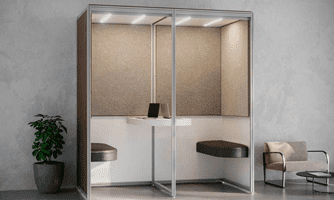
The smallest meeting rooms are phone booths and meeting pods, also known as meeting booths. These rooms are small, sometimes accommodating only one or two people. They take up less space and are ideal for phone calls or small meetings or huddles. Employees use phone booths if they need a private space for a call or to focus without distractions.
Meeting pods resemble phone booths but can accommodate more people, usually two to four. Like a booth, pods are typically minimalist in their design, features, and furniture so that they take up less space.
The biggest difference between a booth or pod and a room is that a both/pod may be a small structure within a larger room, as opposed to a separate room within the building structure.
Focus Room
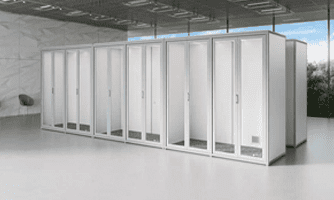
The focus room is designed for employees who need to focus. There may not be much of a difference between a focus room and phone booths or meeting pods. They are all efficient, smaller-sized rooms that are limited in scope. Some focus rooms may not have any communications technology, removing the room’s “meeting” purpose and designating the room’s purpose as a space for employees to work and focus.
Huddle Room
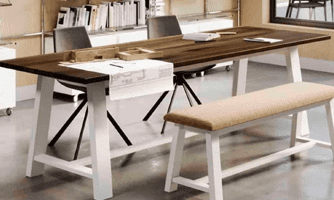
Huddle rooms are smaller meeting rooms designed for small groups of people, usually two to five employees. Huddle rooms, like small conference rooms, typically have a table surrounded by comfortable chairs and plug-and-play technology for brief meetings and presentations. Huddle rooms are excellent spaces for touching base with in-office or remote teammates in private.
Conference Room
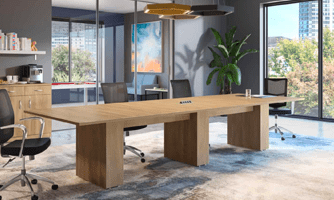
Conference rooms are larger meeting rooms that can accommodate many people, usually eight or more. Conference rooms often have a formal atmosphere and are used for important meetings, such as board meetings or shareholder meetings. As these rooms serve a more formal purpose, their design is typically very professional, understated, and minimalistic.
Conference rooms usually have a projector or screen, a large whiteboard, and plenty of table space and chairs. Conference rooms typically are equipped with an advanced sound and camera system so that everyone in the room can be seen and heard clearly so that people on the other end of the conference line can also be seen and heard.
Training Room
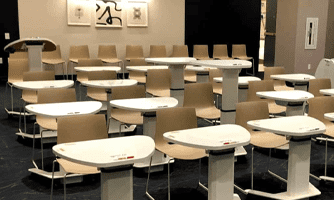
Larger offices may include large training rooms in their layout. These rooms are often set up like classrooms and are less about collaboration and more about a group of people watching and listing to a presenter. Training rooms are used for seminars, training sessions, and other educational purposes where a group of people focuses on a speaker. A large department within a company may use this type of room when the department head wishes to address the entire team.
Open vs. Enclosed Room
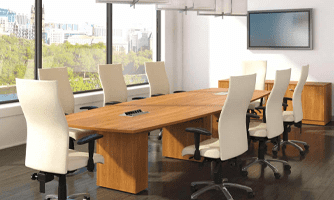
In the design process, businesses must decide if they want open or enclosed meeting rooms. An open meeting room is missing the familiar structure of four walls and a door. Instead, it is located in the center of a larger office area. Open meeting rooms foster collaboration and communication among employees; a good example is a step-seating room.
Enclosed meeting rooms have walls and doors and are usually located against an office’s exterior wall. Enclosed meeting rooms offer more privacy and are ideal for confidential meetings or conference calls.
Formal vs. Informal Room
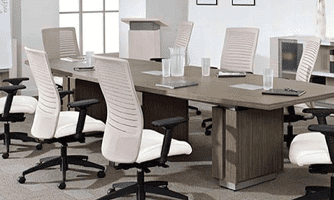
There is a time and place for every meeting room type, but meeting rooms are usually either formal or informal. Standard meeting rooms are furnished with more traditional office furniture. Formal meeting rooms typically have more functional and professional purposes.
Informal meeting rooms have a more relaxed atmosphere that is more in line with trendy design and décor. Informal meeting rooms may have more casual seating, such as couches and benches.
Brainstorming Zones

These zones are places where important ideas are generated. Employees must be comfortable and feel like they are in a space that is conducive to letting creativity flow. Brainstorming zones are meeting rooms designed to encourage employee collaboration and creativity. They typically have a more relaxed atmosphere with colorful furniture and decor. Brainstorming zones are informal meeting rooms with no defined barriers, such as walls and doors. These spaces can accommodate more people and are movable if necessary.
Step Seating

A step-seating room is a meeting room with staged seating that resembles stands at a performance venue. This less-formal style of meeting room is ideal for larger groups where people can listen to a single speaker. The design prioritizes the speaker as the center of attention and allows the group to see and hear the speaker easily.
Meeting rooms are vital parts of every office. Appropriate design and layout can create an efficient resource for a business. Meeting rooms must be equipped with the latest, most appropriate technology that can be used to their full potential. Meeting rooms must meet employees’ specific needs in order to be effective.
Ready to work with us?
Contact Joyce Contact Interiors today for all of your meeting room and office design and furniture needs!

